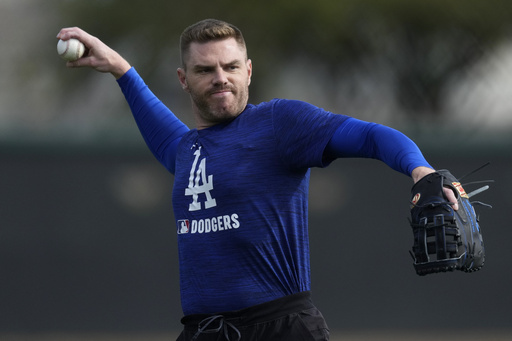The Los Angeles Dodgers have structured a comprehensive financial strategy involving deferred compensation agreements spanning from 2028 to 2046. Outlined within this framework are details regarding prominent players and their future compensations, elaborating a systemic financial plan to manage long-term fiscal responsibilities. This scheme, detailed across several years, highlights key player obligations and total yearly commitments, amounting to a significant overall financial load for the team.
Beginning in 2028, the Dodgers have earmarked modest payments, like $4 million slated for Freddie Freeman. This figure remains consistent for both the following year and also includes additional payments in subsequent years. In 2030, payments expand as players like Kiké Hernández are added, with the total reaching $7.2 million owing to multiple player obligations.
Through to 2033, the Dodgers’ obligations incrementally rise, highlighted by commitments to superstar players like Mookie Betts, whose payments begin at $10 million come 2033. As the payments and commitments are strategically maintained, the compensation notably peaks from 2034, where commitments surge to $90.2 million, reflecting significant player investments, including a substantial $68 million for Shohei Ohtani, ensuring a competitive team remains robustly intact.
Of special note are the years 2035 to 2039, marking the highest sustention of earmarked financial obligations annually floating close to $99 million. These periods indicate consistent remuneration for players like Tyler Edman, Betts, and others, amidst an industry-focused approach on sustained player quality and retention strategies.
As time progresses into the 2040s, these deferred compensations gracefully trail off, easing back to a relatively modest $93.75 million by 2041 and maintaining a downward trajectory, emphasizing sustainable team financial health. Player commitments like Smith and Snell figure prominently during this period, ensuring critical position retention and tactical continuance.
By 2044, the obligations dramatically dip, with a noticeable reduction in financial commitment to just $20.75 million, and they hold onto this diminishing path through to 2046, marking a total of nominal expenditures valued around $7.25 million yearly by the endpoint. This well-calibrated strategy exemplifies the Dodgers’ forward-thinking fiscal management, structured to balance current operational requirements against future competitive exigencies. The total expenditure over this extended timeframe amounts to $1.051 billion, encapsulating the Dodgers’ dedication to long-term success both on and off the field.


